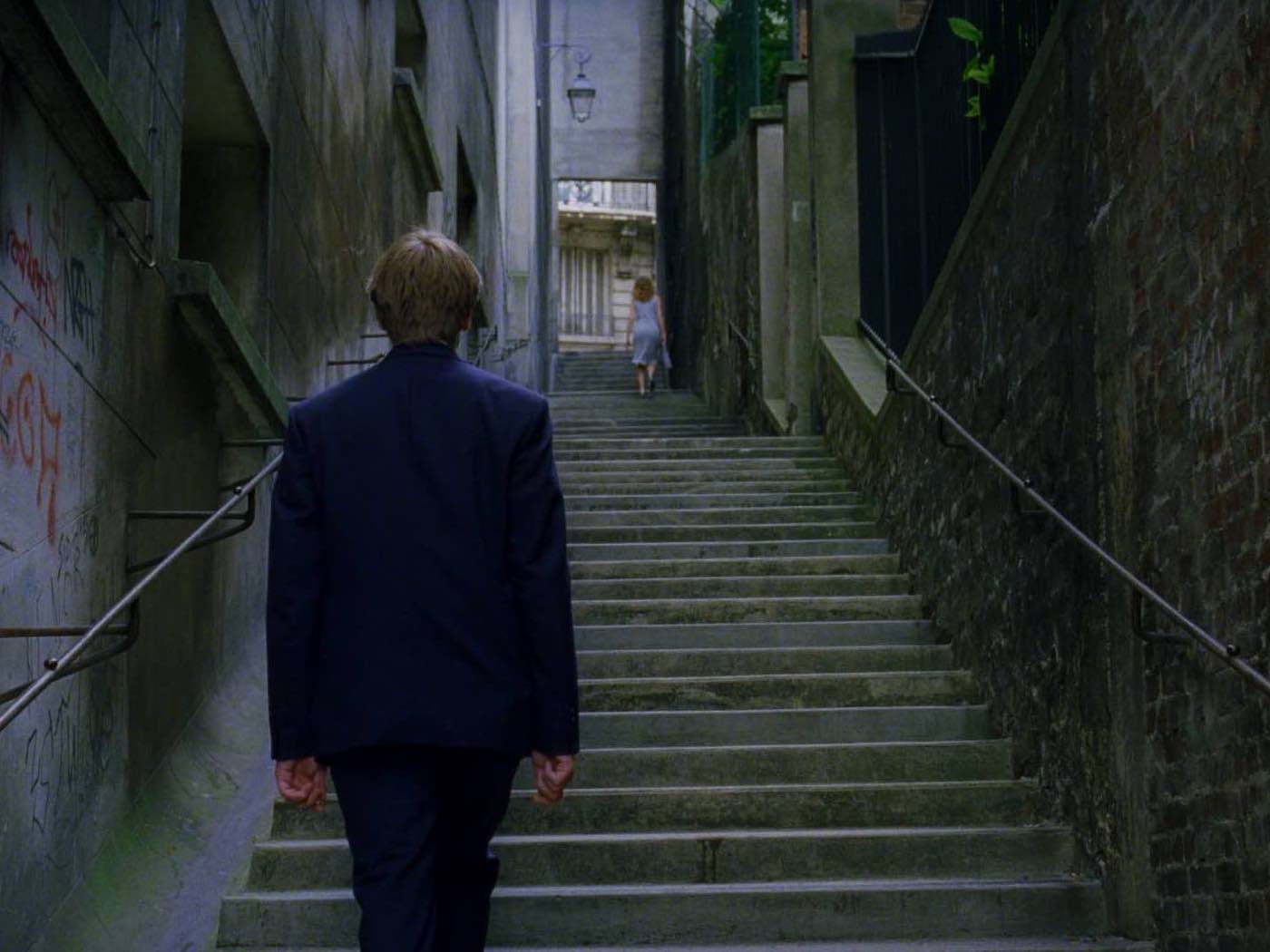Week 38/2024
This week, Sabzian highlights three films that each question the boundaries of cinematic form and narrative in their own way.
On Tuesday, De Cinema in Antwerp screens Sean Baker’s The Florida Project. Set in the shadow of Disney World, Baker’s film lingers on the periphery of the American dream. It’s a film of surfaces, of motel rooms and fluorescent lights, where the lives of its characters are shaped by forces unseen but keenly felt. The camera hovers, never imposing, allowing these precarious moments to unfold with a kind of muted grace.
That same evening, Bozar in Brussels presents Chantal Akerman’s La captive (2000), introduced by Apichatpong Weerasethakul (to whom Bozar is devoting a retrospective). Akerman’s adaptation of Proust takes place in confined interiors, where the walls seem to close in as the film progresses. It’s a film about looking and being looked at, about possession and its limits; a complex portrayal of intimacy and power. The film’s formal restraint draws the viewer into its introspective rhythms, while Weerasethakul promises to offer his perspective on the resonances between Akerman’s work and his own cinematic practice.
On Saturday, Bozar continues its focus on Weerasethakul with another carte blanche of his, a free rooftop screening of Satyajit Ray’s The Music Room (1958). Ray’s portrait of a fading aristocrat is less of a narrative than a space in which music and memory intertwine. The film, with its rhythmic ebb and flow, moves in the same way as its central character: caught between past and present, between what was and what remains. There is something elegiac in this rhythm, a sense that time, like the music, will eventually stop.




